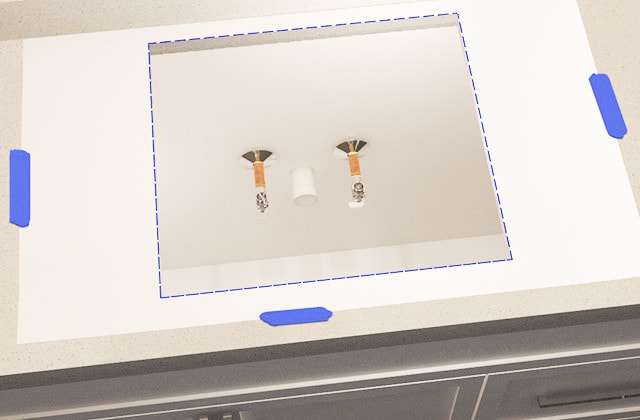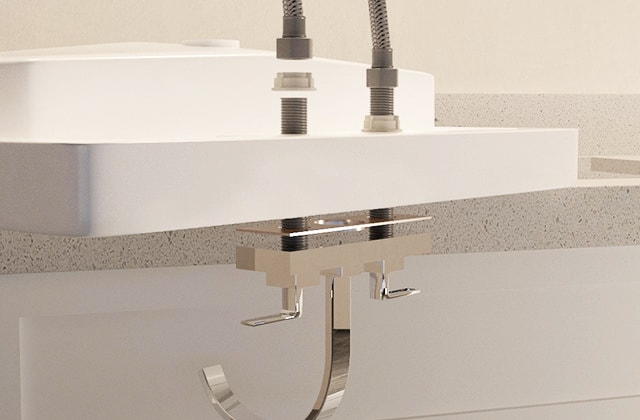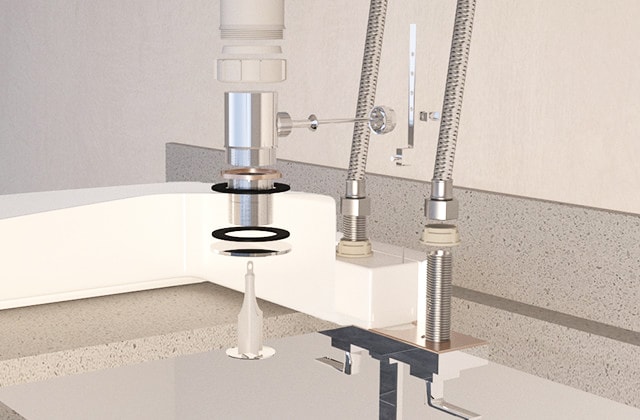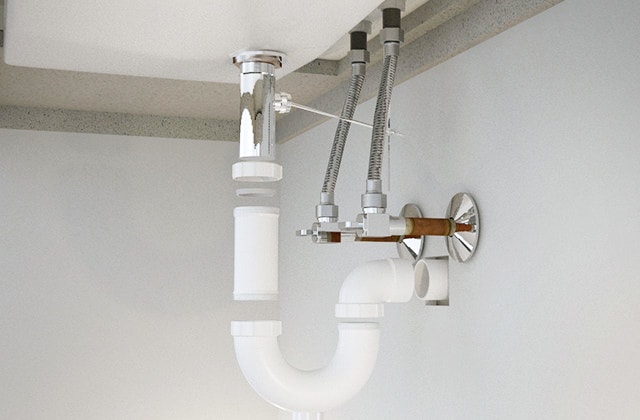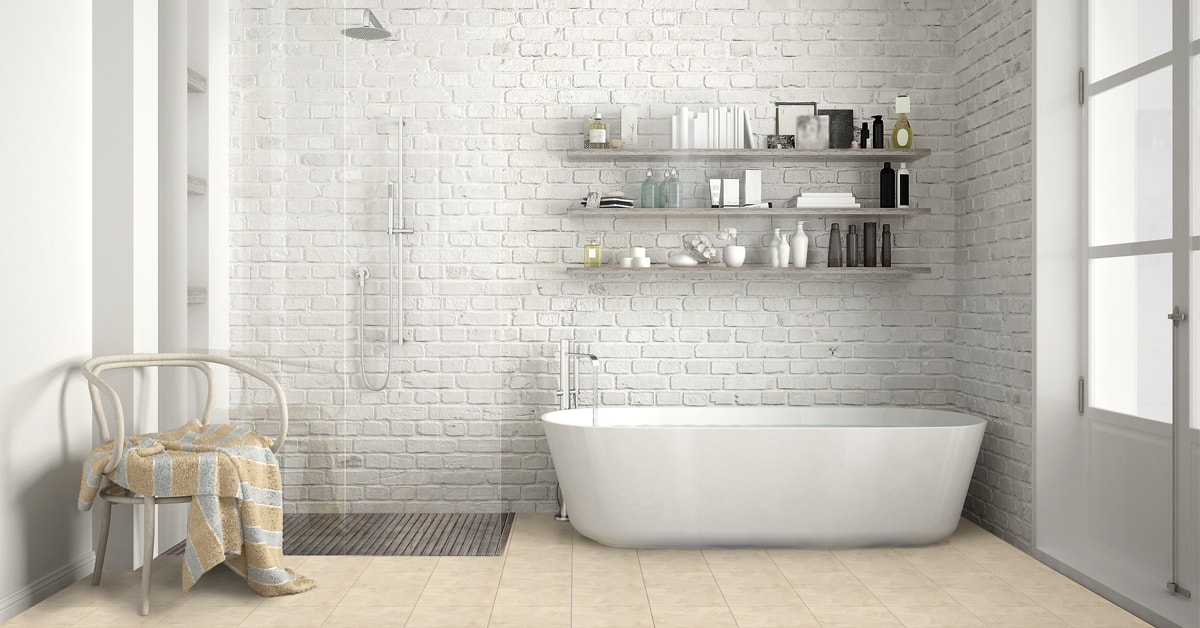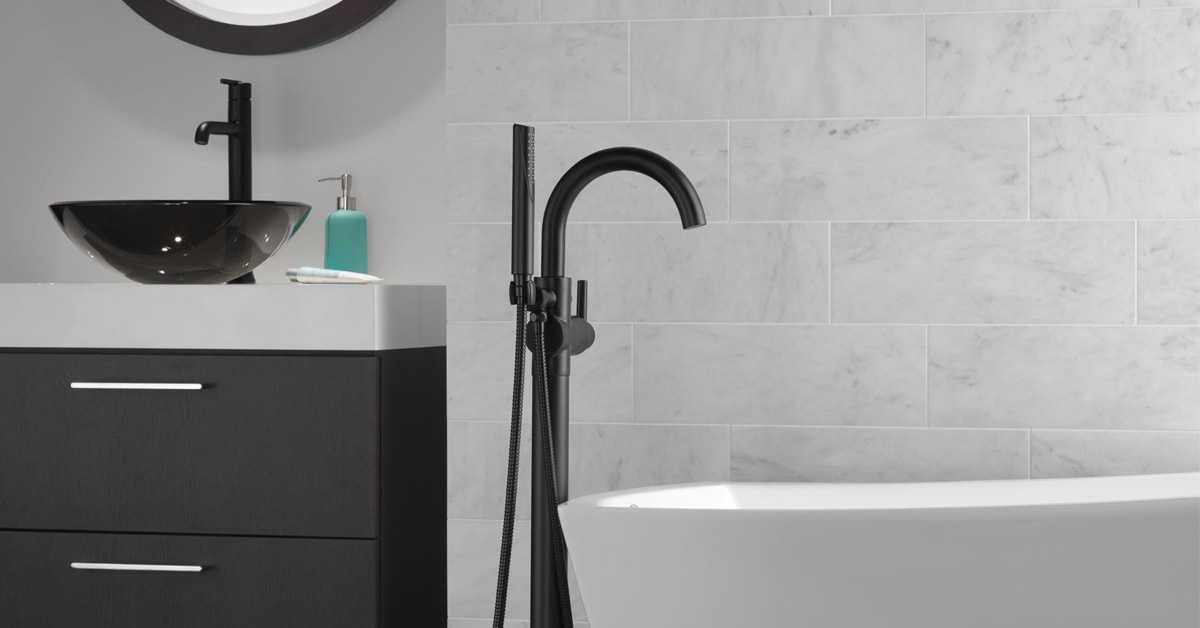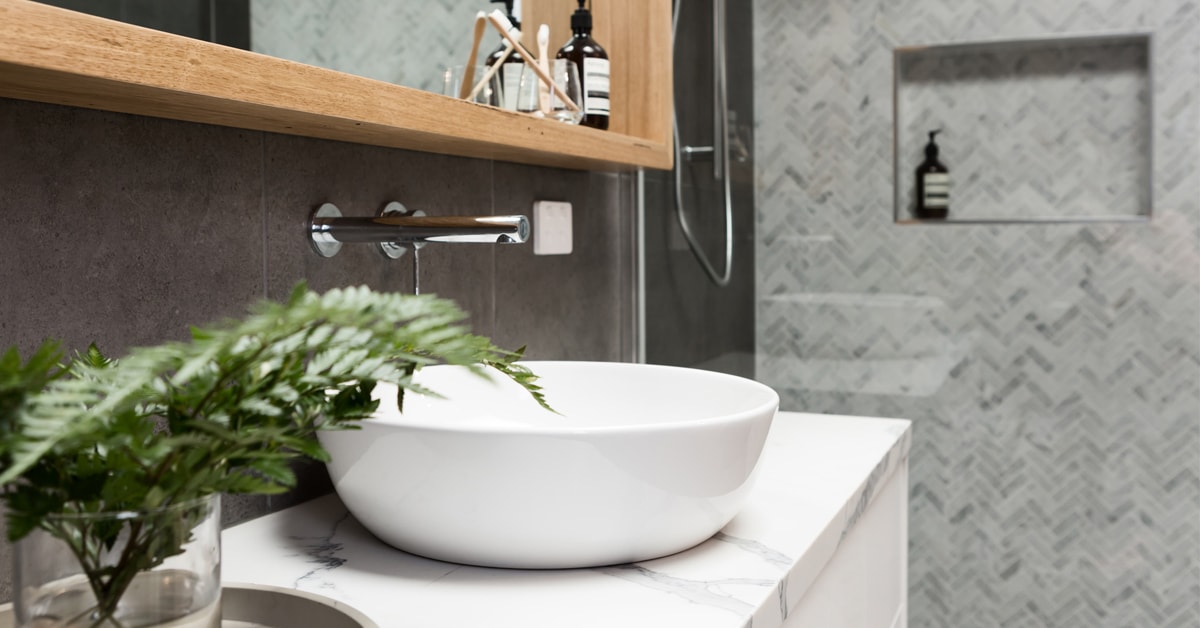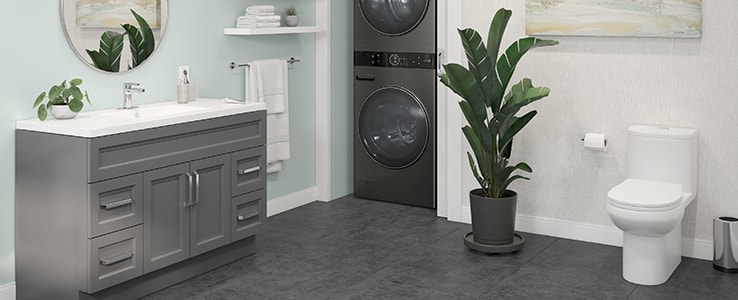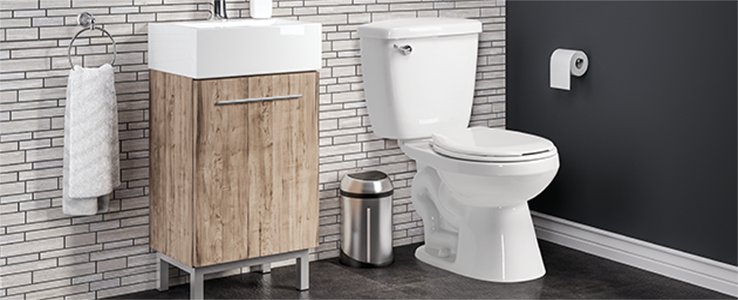Before getting started
- Turn off the water supply using the valves under the vanity.
- If you don't have shutoff valves, shut off the water main, usually located in the basement.
- Drain the pipes and collect the water by opening the siphon under the sink.









